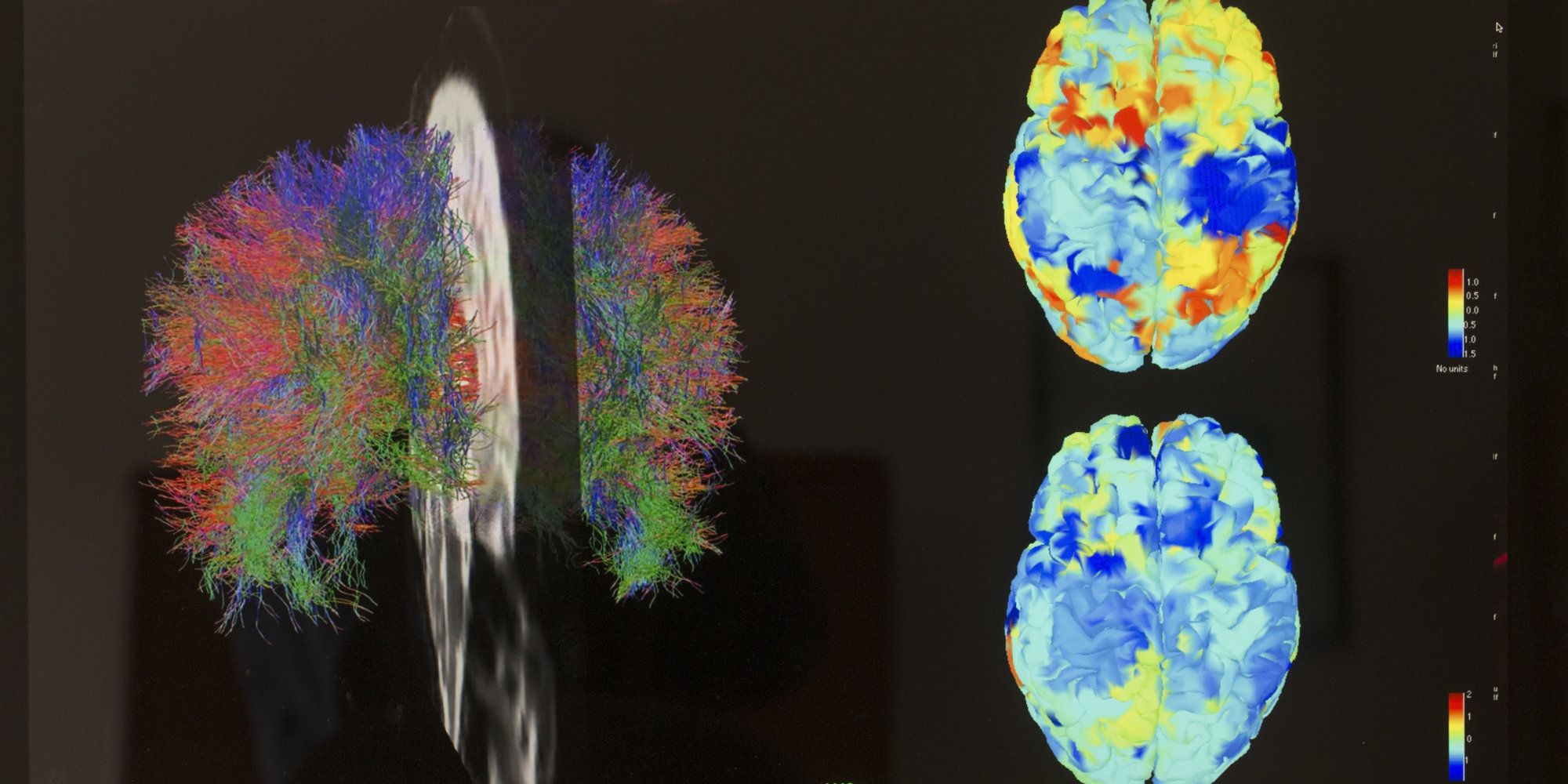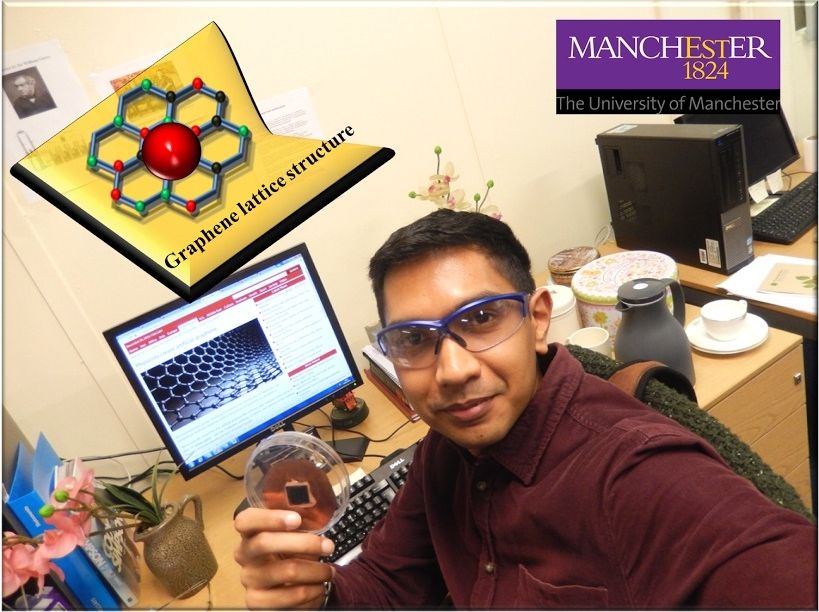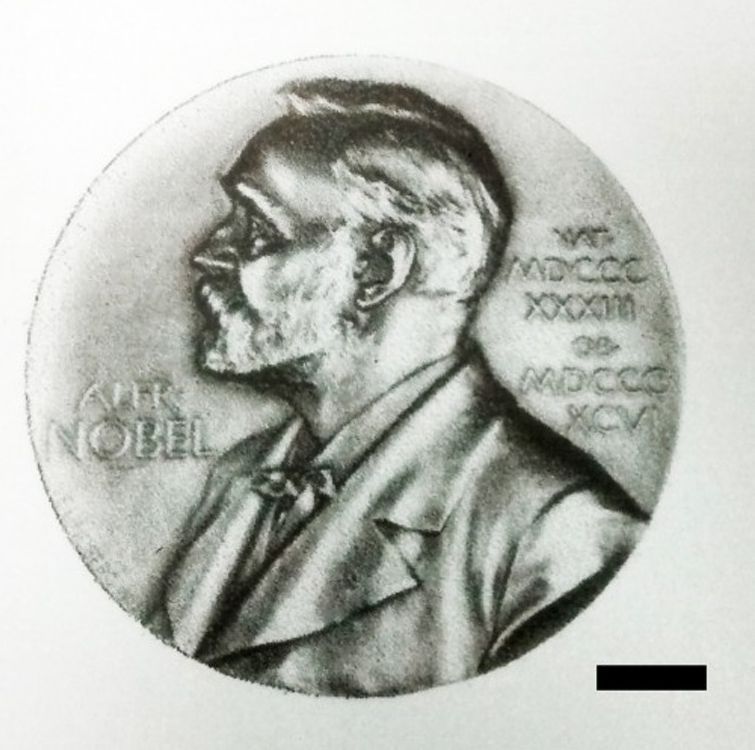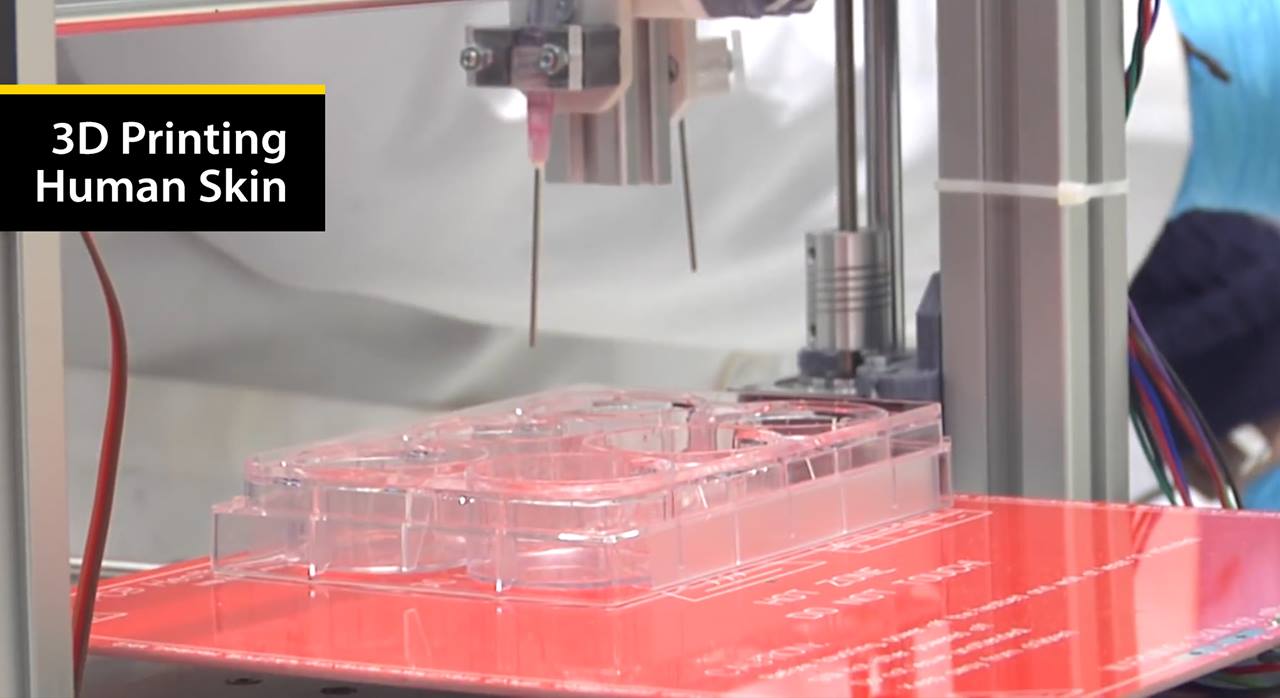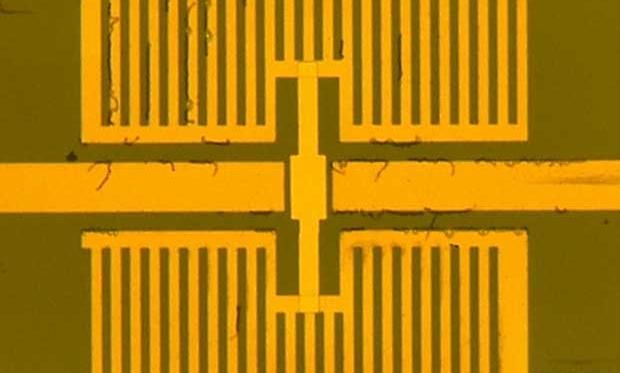Feb 3, 2017
Minority Report-Style Mind Reading Could Soon Be Reality
Posted by Karen Hurst in categories: neuroscience, quantum physics
In 24 hours, it seems like all the biotech and futurism news is about telepathy. Guess we all read each other’s mind and posted our research and POVs. too funny.
Using quantum materials and technology will mean less invasive implants and no need for head gear in general. Suggest researchers do some due diligence with some of the various research labs and companies experimenting with things like graphene, liquid quantum materials, etc.
“Even though fMRI cannot read minds yet, we need to start deciding how and why we might want to use it, where screening might help, and where it might violate privacy,” Ms Gottwald, a PHD student at St John’s College at the University of Cambridge said. “Because the technology is advancing so rapidly, these kinds of questions are becoming more and more pressing.
Continue reading “Minority Report-Style Mind Reading Could Soon Be Reality” »
